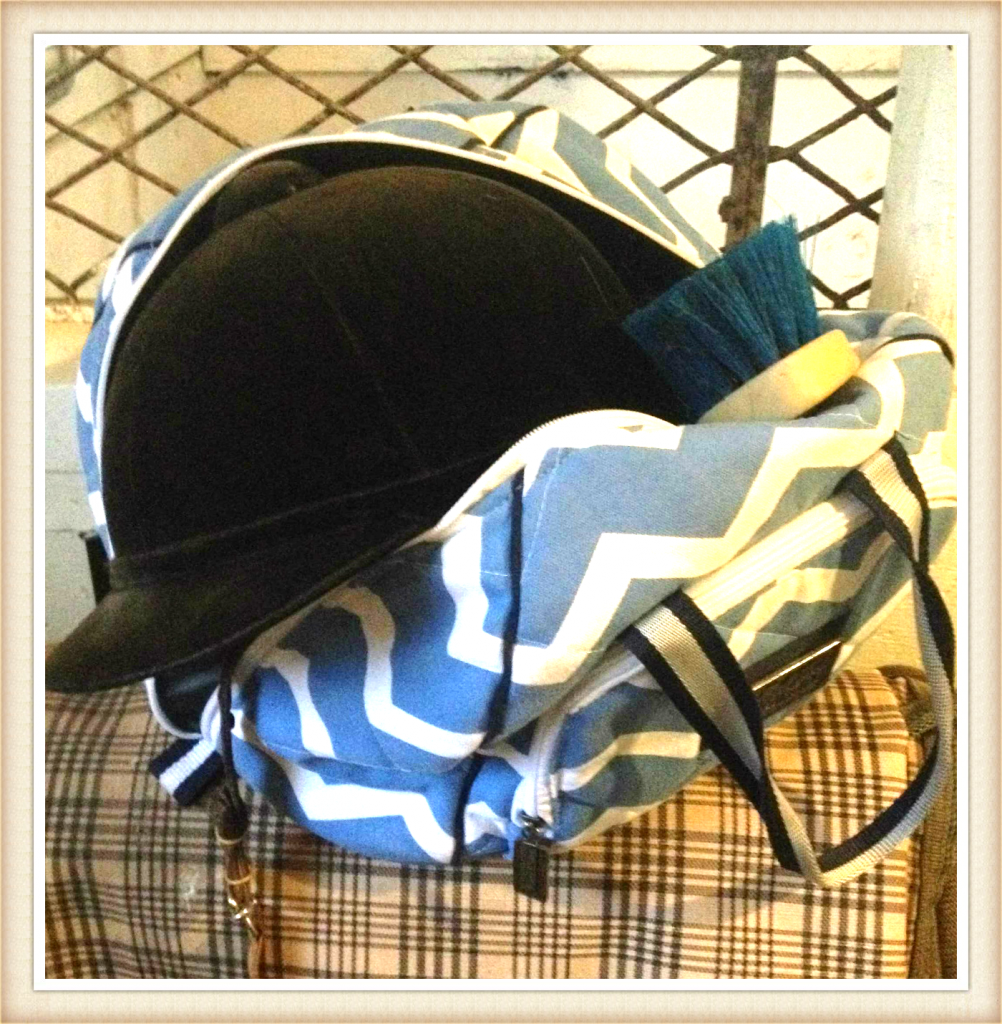
As the most important piece of equipment you will use when riding, your riding helmet does a lot of work for you, so make sure you return the favor and keep it protected and in perfect working condition. Helmet care and maintenance isn’t hard, but it is important. Follow these 7 steps to help ensure your helmet is there for you when you need it.
- The most important aspect of your helmet is that it remains in good, working condition. Should you fall off, your helmet needs to be replaced if it touches the ground. This is also often the case if the helmet simply falls or is dropped from a high place while not being worn. Despite appearing undamaged in many occasions, the design of a helmet prevents you from seeing internal damage, which is often caused by an impact.
- Whether your helmet has become wet from a hard sweaty ride or an accidental dip in a water element, it should be allowed to air dry out of direct sunlight. Never apply heat or place directly in a heat source, as extreme temperature can damage the integrity of the helmet.
- Similarly, helmets should be stored in a dry location with consistent, moderate temperature. Keeping your helmet in a barn without temperature control can harm it, as temperatures will reach both hot and cold extremes throughout the year.
-
High temperature Hard Hats Fiber resinforce resin safety helmet

- Helmet cleaning starts with keeping the outside sparkling clean- on velvet or velveteen helmets, mud and dirt is best if left to dry and then brushed off with a stiff hard brush. Helmets of this material should never be cleaned with detergent or water on the outside. Microsuede helmets can be wiped with a soft, damp cloth to remove debris. Plastic helmet exteriors will shine up nicely with mild detergent and water.
- Make the inside of your helmet just as fresh as the outside by cleaning once a week with a deodorizer and cleaner to remove dirt, hair grease and sweat, as well as kill bacteria. Make sure you use a cleaning product that is specifically designed for helmets so you do not damage the interior. Helmets should never be put in the washing machine or dishwasher to clean.
- Those pesky flies chasing you while riding can be annoying, but avoid spraying your helmet with bug spray, as the chemicals can deteriorate the helmet and cause staining.
- Make your helmet care job a tad easier by keeping your helmet stored in a protective riding helmet bag, and utilize a protective helmet cover during daily use while schooling. This will keep the daily dust and grim associated with barn life off of your helmet and help it to look new and show ready for as long as possible.
Regardless of routine and careful helmet care, no helmet will last forever. Normal lifetime degradation should be expected, and as a general rule helmets should be replaced every 5 years. Additionally, advancements in helmet technology are always happening, so replacing at the end of your helmet’s life will ensure you have the best of what helmets have to offer.
